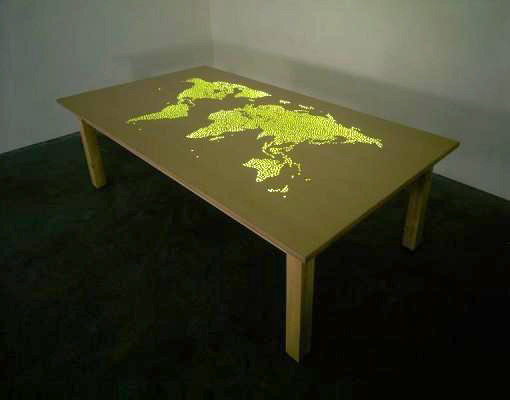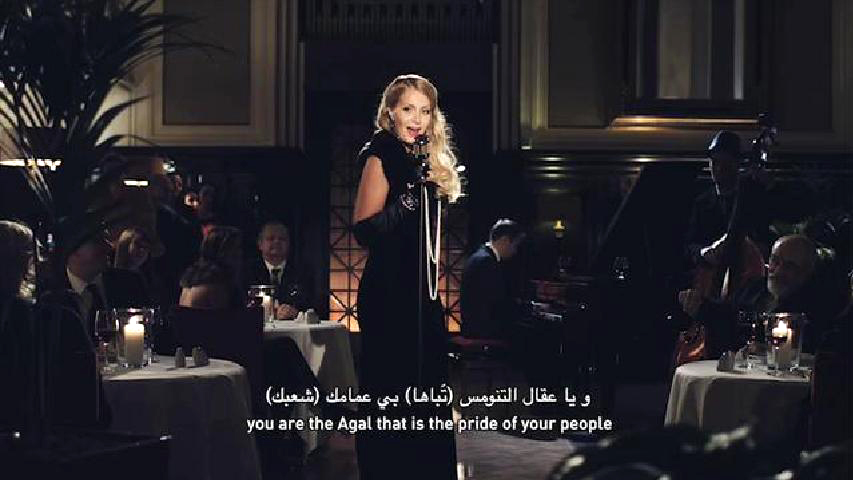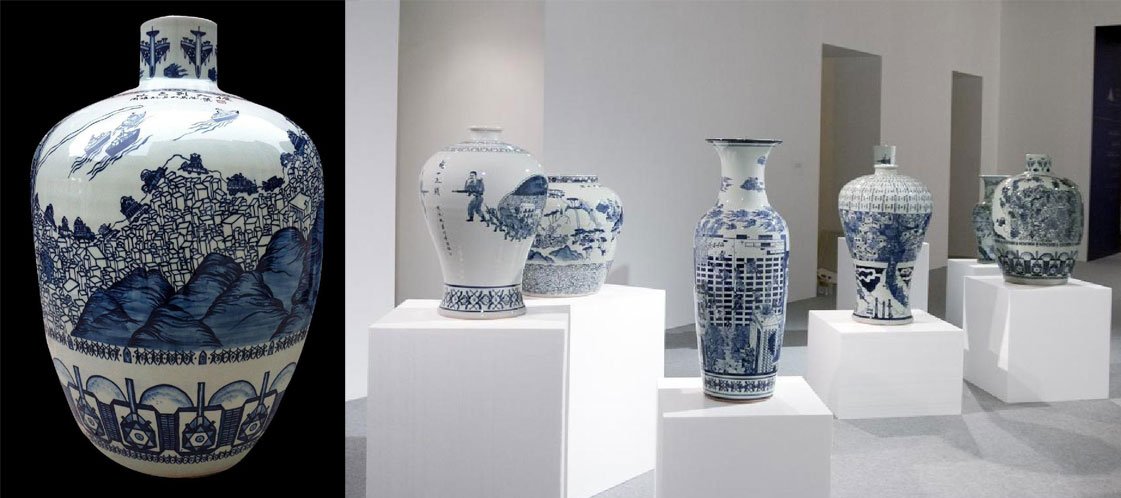by Durriya Dohadwala –
Singapore’s link with the Arab world dates back to the early 19th century when Arab traders plied the sea routes between Asia and Europe. Some of the traders settled here, bringing their culture and customs with them which today we see amalgamated into Singapore’s multi cultural community. Arab art however, is something that is rarely seen here, especially in a contemporary context and so the first ever upcoming exhibition at the Singapore Art Museum titled Terms and Conditions, promises to be a visual treat.
The exhibition features works of artists from the Middle East and while some of the artists featured live in their home countries, many have settled elsewhere because of the issues facing their homeland. Through their art, these artists give you their take on the political and social events of the region and ask you to reconsider current and historical realities on their Terms and Conditions.
The theme of territorial wars figures strongly in the exhibition and Palestinian born Mona Hatoum’s minimalistic work, Plotting Table (1998) beautifully makes its point. The work is a fluorescent green map of the world on a wooden plotting table, reminiscent of a battle room where strategy and tactics are being plotted. Placed in a darkened room, the ominous glow of lights on the map seem theatrical, a stage on which an act is about to happen. The work is thought provoking, asking us to consider who is doing the plotting and what is the intent of geographical conflict.
With war, comes the rhetoric of building emotions and patriotism. Adel Abidin portrays this through his installation Three Love Songs (2010). The three channel video shows three beautiful singers performing melodious love songs in Arabic. The romantic settings and expressions of the women seem to be typical of mainstream music videos. However, the subtitles in English and Arabic (Iraqi dialect) reveal the violent meaning of the songs. Part of Saddam Hussein’s propaganda machine during the Iraq conflict, the songs were used to glorify him and his regime. This juxtapostioning of beauty and love with terror creates an uneasy alliance but is reflective of the subliminal property of propaganda which is used all around the world.
Lebanese artist Raed Yassin’s presents his personal and his nation’s collective memories of the 15 years of civil war in a unique way. What one sees at first glance are seven decorative Chinese porcelain vases but on closer examination, one notices that the vases depict different battles scenes in a mixture of Islamic and Chinese aesthetics. This ambiguity is intentional as the artist wants to portray how memories are formed through layers of personal and documented history. Using a wide range of resources to create the work (interviews of people who had experienced the war and photos and newspaper archives), Yassin decided to draw scenes from seven battles that had a demographic impact on the country. His drawings were done using the Islamic miniature style and were given to Chinese porcelain artists who reinterpreted them in the ceramic styles of seven different Chinese dynasties. The beautiful vases create an illusion that is far from the reality of the scenes and at the same time represent a commodity product that can be used as a decorative item.
Perhaps the work that will resonate the most with Singapore’s multicultural audience is Zenib Sedira’s Mother Tongue (2002). A video triptych that shows the interaction between three generations of women; a grandmother, mother and daughter, it illustrates poignantly how relationships are affected as a result of migration and globalization The three videos show three separate conversations: Sedira and her mother conversing in Arabic; Sedira and her daughter conversing in French; and then the grandmother and granddaughter, unable to speak a common language, reduced to communicating via gestures and glances. The work is autobiographical as Sedira’s family migrated from Algeria to France to Britain but its relevance is global and not only limited to those affected by war.
The exhibition opens up new ways of looking at the Arab world. The outside- in approach of many of the Diaspora artists who use contemporary techniques and media makes it easy for the non Arab world to understand and interpret the work; but at the same time it deals with necessary and important social and political issues of the region.
This article was first published in PASSAGE July-August 2013. Durriya Dohadwala is currently a student of the MA Asian Art Histories Programme. The exhibition runs from 28 June to 8 September 2013





